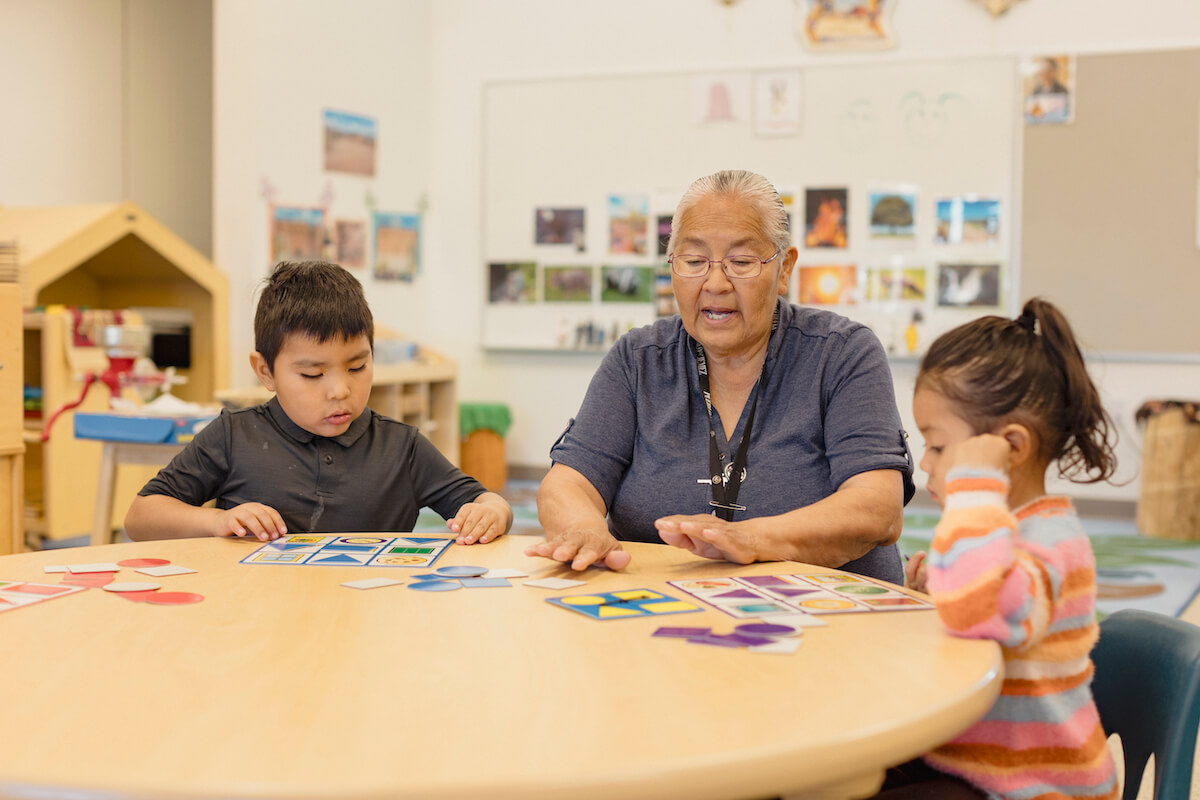Report on Thomas County Schools’ Updated Personal Device Policy and Alignment with Sustainable Development Goals
Introduction and Policy Overview
Thomas County Schools has instituted an updated Personal Electronic Device Use Policy for students in grades Pre-Kindergarten through 8, effective from the 2025-2026 school year. The policy revision is a direct response to the state-level Distraction-Free Education Act (House Bill 340), which mandates a reduction in personal device use during school hours. The primary objective is to cultivate a focused learning environment that supports student achievement and well-being, aligning with key United Nations Sustainable Development Goals (SDGs).
Alignment with SDG 4: Quality Education
The policy is fundamentally designed to advance SDG 4, which aims to ensure inclusive and equitable quality education and promote lifelong learning opportunities for all. By eliminating distractions from personal devices, the district seeks to enhance the quality and effectiveness of instructional time.
- Enhanced Focus: The policy creates a distraction-free learning environment, allowing students to be more present and fully engaged in classroom activities.
- Improved Academic Outcomes: By minimizing interruptions, the initiative is expected to directly contribute to improved student success and academic achievement.
- Equitable Learning Environment: The policy ensures that disparities in personal technology do not create an uneven playing field or social distraction within the classroom, promoting a more equitable educational setting.
- Instructional Technology: The district’s investment in school-issued Chromebooks and iPads ensures that all students have equitable access to technology for educational purposes, reinforcing the goals of SDG 4.
Contribution to SDG 3: Good Health and Well-being
The updated policy makes a significant contribution to SDG 3, which seeks to ensure healthy lives and promote well-being for all at all ages. The legislation and the district’s policy explicitly address the negative health impacts associated with excessive screen time and device use among young students.
- Mental and Emotional Health: A key goal is to benefit students’ mental and emotional health by reducing the anxiety and social pressures often linked to constant connectivity and social media.
- Reduced Screen Time: Limiting device access during the school day actively reduces students’ overall screen time, a measure widely advocated for promoting healthier developmental habits.
- Healthy Technology Habits: The policy encourages students to build a healthier, more balanced relationship with technology, fostering habits that support long-term well-being.
Policy Implementation and Scope
The district has outlined clear parameters for the policy’s implementation to ensure consistent application across its schools.
- Affected Grades: Students in grades PK-8 are prohibited from using personal electronic devices, including cell phones, smartwatches, tablets, and personal headphones, during the instructional day.
- Device Storage: Students must keep all personal devices secured and out of sight within their bookbags for the duration of the school day.
- High School Policy: Students in grades 9-12 will continue to follow the existing policy, which permits device use only in designated areas or for specific instructional purposes as directed by school staff.
Supporting Infrastructure and Communication Protocols
Thomas County Schools has affirmed that established systems remain in place to ensure that the policy does not hinder essential communication or access to educational tools.
- Parental Communication: Parents and guardians are instructed to contact the school’s front office to communicate with their children during the school day.
- Student Access to Communication: Students will continue to have access to school phones if they need to contact a parent or guardian.
- District-to-Home Communication: The district will maintain its use of established communication platforms, such as Remind, to keep parents informed of school-related matters.
Relevant Sustainable Development Goals (SDGs)
Based on the article, the following SDGs are addressed or connected to the issues discussed:
-
SDG 3: Good Health and Well-being
The article directly connects the new policy to student well-being. It mentions that the state legislation, the “Distraction-Free Education Act,” aims to “address the negative impacts of excessive device use” and that “reduced screen time” is intended to “benefit students’ mental and emotional health.” This aligns with the goal of ensuring healthy lives and promoting well-being for all at all ages.
-
SDG 4: Quality Education
The primary focus of the article is on improving the educational environment. The policy is implemented to “ensure a focused, distraction-free learning environment for all students.” The superintendent states the goal is to “create the best possible learning environment for student success” and to help students be “present and fully engaged at school.” This directly supports the objective of ensuring inclusive and equitable quality education.
Specific SDG Targets
The article’s content points to the following specific targets under the identified SDGs:
-
Target 3.4: By 2030, reduce by one third premature mortality from non-communicable diseases through prevention and treatment and promote mental health and well-being.
The article highlights that the policy and the underlying legislation are preventative measures designed to “promote mental health and well-being.” By limiting access to personal devices and reducing screen time, the school system is actively working to mitigate the “negative impacts of excessive device use” on students’ “mental and emotional health.”
-
Target 4.a: Build and upgrade education facilities that are child, disability and gender sensitive and provide safe, non-violent, inclusive and effective learning environments for all.
The policy is a strategic initiative to create a more “effective learning environment.” The article repeatedly emphasizes the goal of a “focused, distraction-free learning environment” where students can achieve “academic achievement” and “success.” By minimizing distractions from personal devices, the school is actively shaping its learning environment to be safer and more conducive to education.
Implied Indicators for Measuring Progress
The article implies the following indicators that can be used to measure progress towards the identified targets:
-
Indicator for Target 3.4: Implementation of policies to reduce screen time and promote mental well-being in schools.
The primary indicator mentioned is the policy itself. The article states, “Thomas County Schools is implementing an updated Personal Electronic Device Use Policy” which dictates that “students in grades PK-8 will not use personal devices during the school day.” The enforcement of this rule serves as a direct measure of the effort to reduce screen time and its associated negative mental health impacts.
-
Indicator for Target 4.a: Existence of policies and procedures aimed at creating a distraction-free and effective learning environment.
The indicator is the formal adoption and implementation of the “Thomas County Schools Personal Electronic Device Use Policy.” The article makes it clear that this policy is designed to “minimize distractions during instructional time” and help students “stay focused.” The existence and enforcement of this policy is a tangible indicator of the school’s commitment to providing an effective learning environment.
Summary of Findings
| SDGs | Targets | Indicators |
|---|---|---|
| SDG 3: Good Health and Well-being | Target 3.4: Promote mental health and well-being. | The policy restricting personal device use for students in grades PK-8 during the school day to reduce screen time and benefit mental and emotional health. |
| SDG 4: Quality Education | Target 4.a: Provide safe, non-violent, inclusive and effective learning environments for all. | The implementation of the “Personal Electronic Device Use Policy” to create a “focused, distraction-free learning environment” and minimize distractions during instructional time. |
Source: timesenterprise.com







